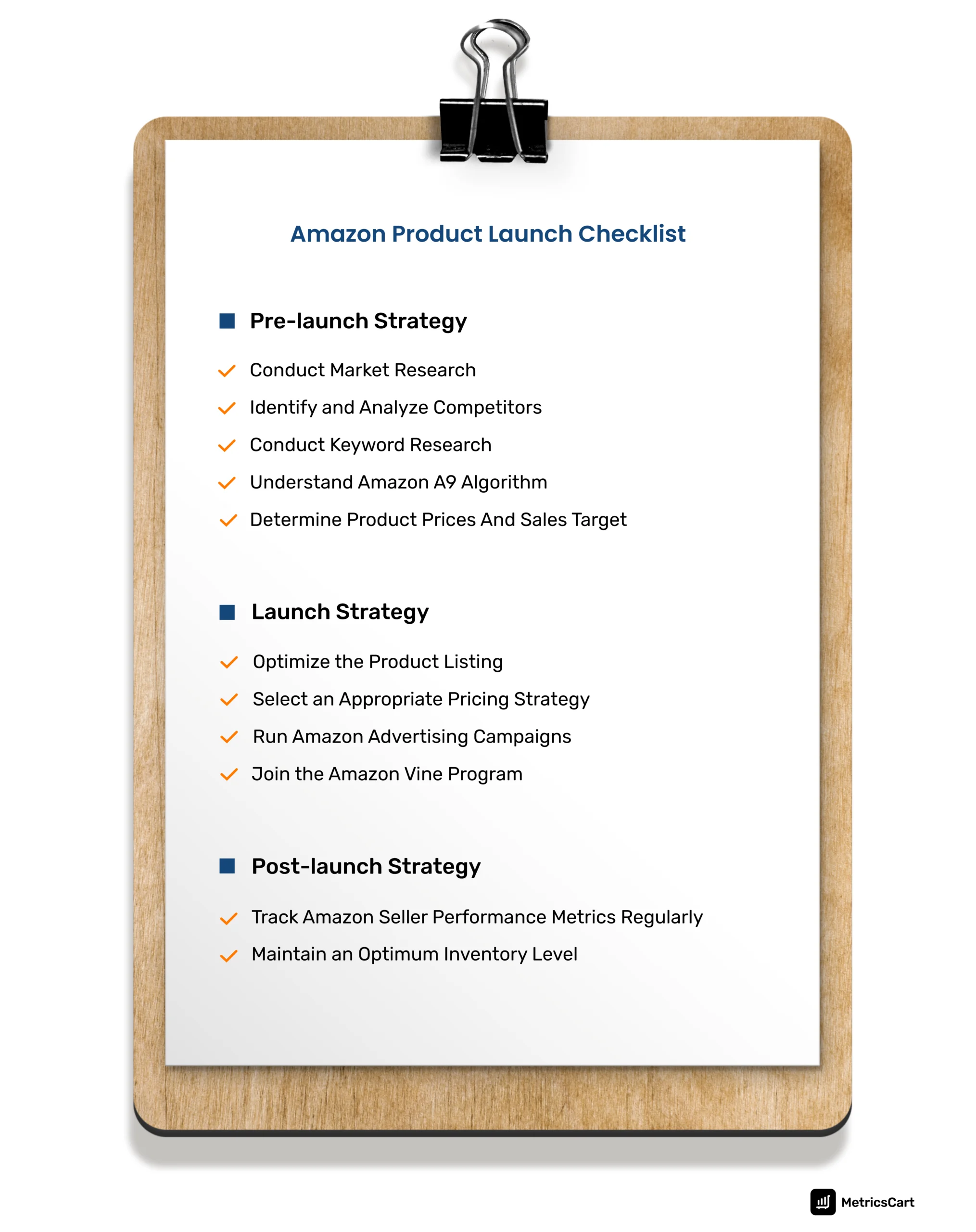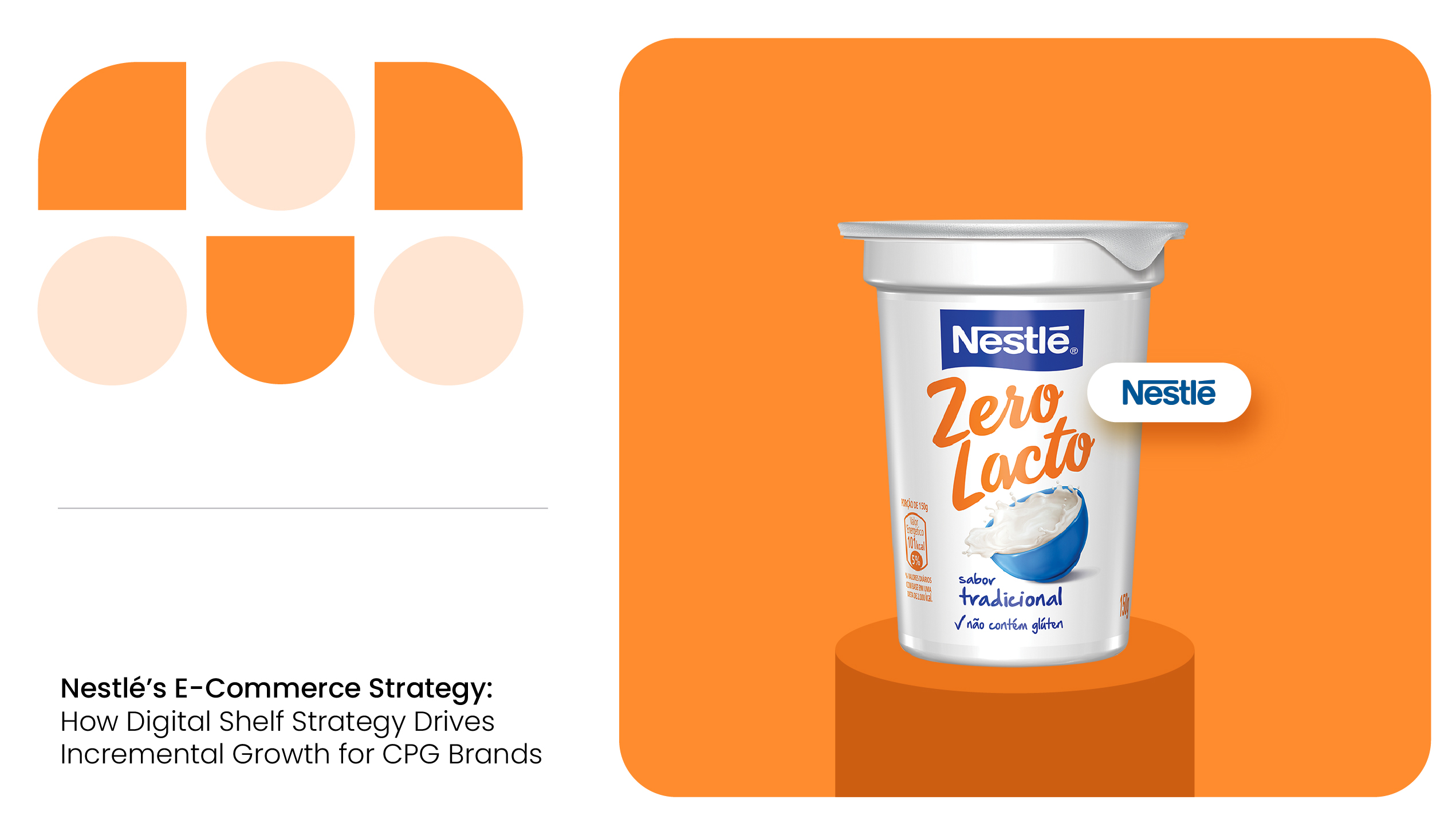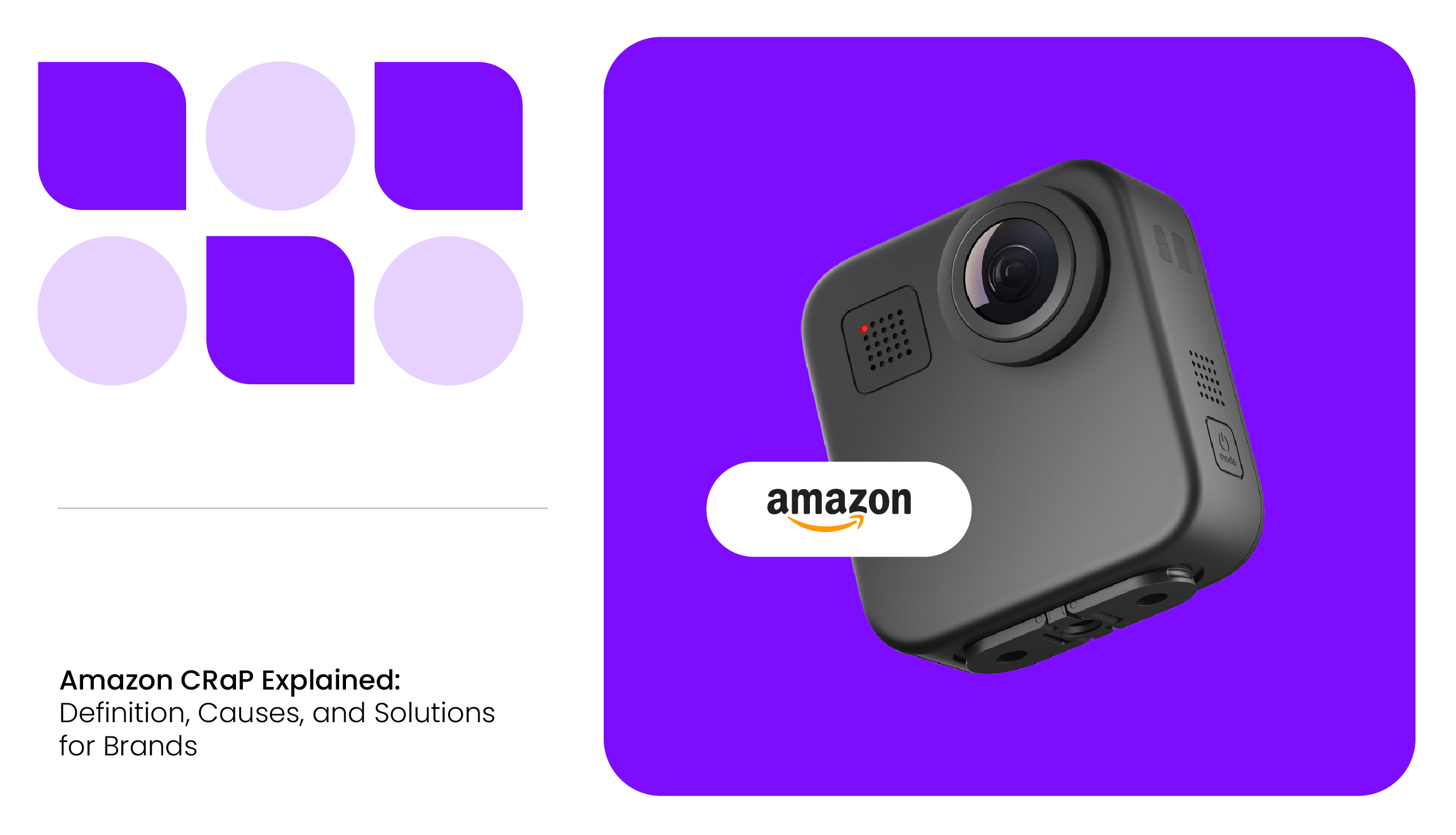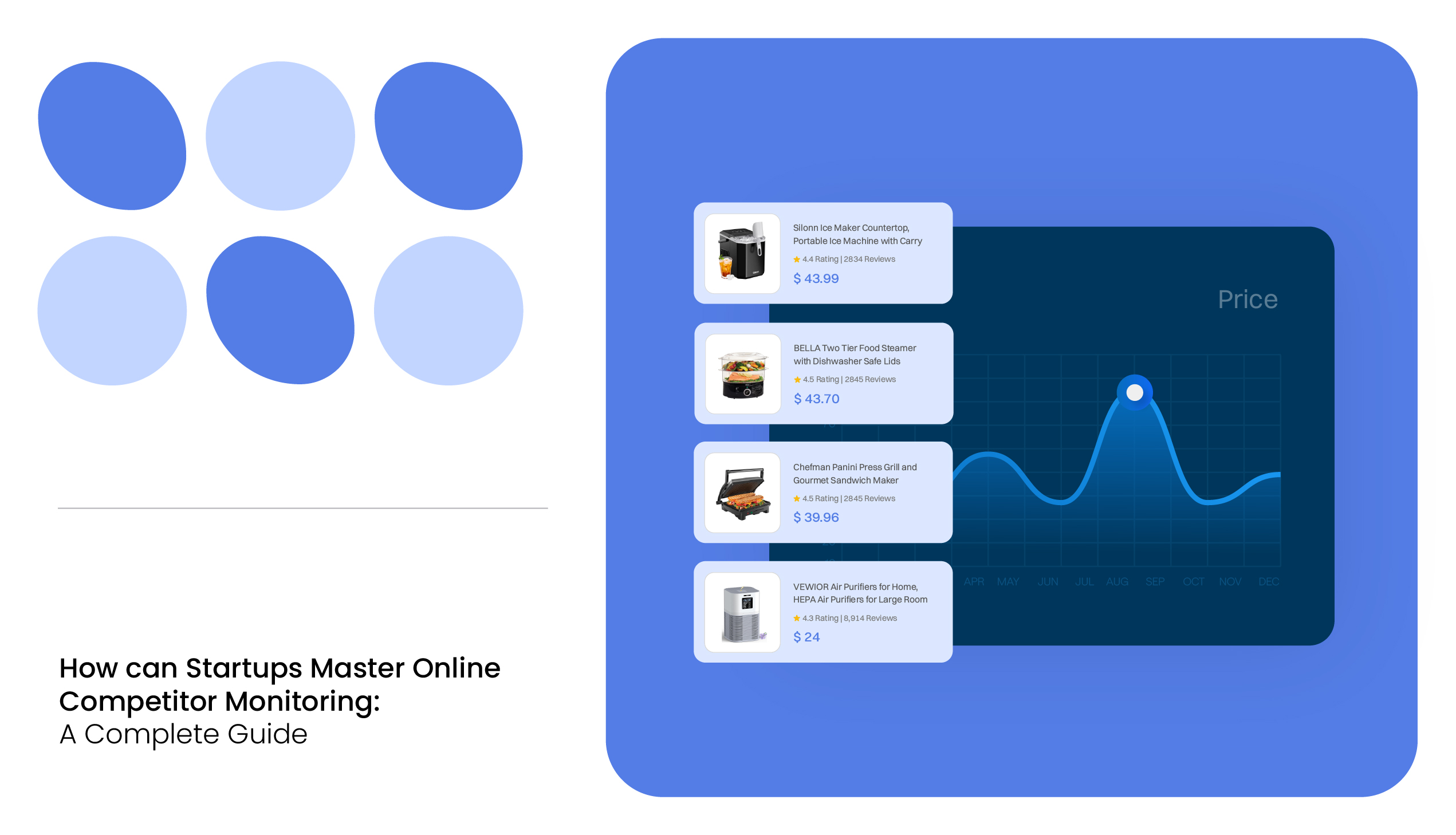Across the US, Amazon reports that independent sellers sold an average of $250,000 per year in 2023.
For new 3P sellers, Amazon might seem intimidating and challenging. Many have tried and failed, while others have reaped success.
If you are planning to enter the marketplace, a proper Amazon product launch strategy paired with advanced digital shelf analytics software is necessary to increase your brand’s success rate.
What is Amazon Product Launch?
Amazon defines a product launch as “a planned and organized effort to release a new product for sale.” It can either be a brand-new creation or an upgrade to an existing item. Any effort to bring something new or improved to Amazon customers is considered a product launch.
There are two types of product launches on Amazon: soft product launches and hard product launches.
- A soft launch targets a limited audience within a specific geographical area. It serves as a test phase to gather feedback and bridge issues, enabling brands to improve the product based on user input.
- On the other hand, a hard launch is the conventional strategy employed by well-established brands. It involves hosting a grand media event to introduce the product and create hype among the target audience.
Why Do Brands Need an Amazon Product Launch Strategy?
Amazon’s marketplace hosts millions of sellers with products across various categories, making it a highly competitive landscape. Launching a product without a clear strategy will only have a negative impact. The product will go unnoticed and struggle to gain traction.
With a product launch strategy, brands can identify the right audience and the right time to release the product. This ensures that the product reaches the target audience and generates good sales.
In addition, it helps boost product visibility and secure a top position in search results. Thus, it allows brands to remain competitive, gather feedback, and meet customer demands.
READ MORE | Still Thinking About Which Seller Strategy Works Best on Amazon? Check out Amazon 1P vs. 3P: Choosing the Right Selling Model
Challenges of Launching Products on Amazon
Launching a successful product on Amazon is not an easy feat. Listed below are the common challenges faced by brands during product launch:
- High Competition: Amazon has over 2 million active sellers, making it a crowded marketplace. As a result, brands often have to compete hard for visibility and customer attention.
- Algorithms and Policy Changes: Amazon frequently updates its algorithms, terms of service, and policies, which affect search rankings and product visibility.
- Advertising Costs: Most Amazon ads, including sponsored brands, videos, and products, are expensive, making it challenging to create an advertising strategy within budget.
- Customer Review Management: Customer review monitoring is crucial to building trust and expanding the client base. However, managing both positive and negative reviews requires constant attention.
Steps for Successful Product Launch on Amazon
Amazon product launch consists of three primary stages. They are pre-launch, launch, and post-launch stages. Creating a strategy for each stage is necessary for a successful product launch on Amazon.

Pre-Launch Strategy
Conduct Market Research
Consumer behavior on Amazon changes from time to time. Therefore, brands should conduct market research before launching a new product. This involves analyzing market trends and consumer demands to identify profitable opportunities. The brand must also examine various product categories on Amazon, understand the competition, and analyze customer reviews.
This will enable brands to determine whether their product is in high demand and make informed decisions on how to release the product.
Identify and Analyze Competitors
Another important step in product launch is competitor analysis. For this, brands can examine the bestsellers within the product categories in which they are planning to release their product. This allows brands to identify traits among best sellers, such as product features, reviews, keywords, pricing, etc.
Advanced Digital Shelf Analytics (DSI) software will help with this step by monitoring competitor prices, performance, reviews, inventory, marketing strategies, etc., in real-time.
In addition, it helps brands to identify gaps and customer demands that competitors still need to meet. This enables them to differentiate their products from competitors and garner positive reviews.
Conduct Keyword Research
Keyword research helps identify the search terms customers use when searching for products on Amazon. Implementing these keywords enables products to rank higher on Amazon search results and gain better sales.
To identify the keywords, brands can:
- Search the keywords on Amazon and look into the suggested keywords
- Examine the keywords used by top-ranking brands and competitors for their products
- Use SEO tools to find keywords, related phrases, etc.
This will help compile a comprehensive list of keywords that could be valuable for the products.
Understand Amazon A9 Algorithm
A9 is Amazon’s proprietary search algorithm that determines product rankings based on various factors such as relevance, customer behavior, and product page optimization. Understanding the A9 algorithm allows potential sellers to customize their product listings accordingly.
It enables sellers to position their products at the top of relevant search queries and ultimately drive organic traffic to their products.
Determine Product Prices And Sales Target
Another critical step brands must take during the pre-launch stage is determining the prices and sales targets for the product. Market research and competitor analysis will help them understand the average price within the brand product landscape.
Additionally, brands must consider the costs incurred, such as manufacturing, shipping, storage, advertising, Amazon seller fees, and other expenses. It is also important to set a MAP pricing policy to ensure profitability.
Furthermore, it is necessary to set a target for the number of products brands need to sell within a specific period to achieve the desired profit margin.
READ MORE | Confused about Selecting the Right E-commerce Pricing Strategy? Check out Best Pricing Strategies for E-Commerce That Help Scale Business
Launch Strategy
Optimize the Product Listing
When launching a product on Amazon, it is vital to have an optimized product listing. For this, brands must add the keywords complied in the pre-launch phase to the title and description and provide high-quality product images.
After adding the various keywords and visual content, brands can use a content compliance solution to determine whether they have an ideal combination of title, description, imagery, and relevant product information. The solution will flag content that doesn’t meet Amazon content requirements and help to gain more conversions.
Select an Appropriate Pricing Strategy
Amazon leverages advanced technologies and algorithms to implement its unique pricing strategies. Therefore, brands must select a suitable Amazon pricing strategy that suits their business needs and product category.
Some common pricing strategies include:
- Dynamic pricing involves real-time price adjustments based on various factors, such as competitor pricing, market conditions, and Amazon policy changes.
- Rule-based repricing: It enables sellers to establish pricing rules based on various scenarios and factors to modify prices accordingly
- Algorithmic repricing: This technique uses self-learning algorithms and historical data to analyze several factors to set the optimal price for a product.
- A/B test: It includes testing different price points to determine the optimal price for conversion.
All these pricing strategies involve real-time monitoring and historical data of both competitors and the product. Leveraging advanced price monitoring software helps brands gain real-time insights into price changes and adopt a suitable Amazon pricing strategy.
READ MORE | Want to Know How to Choose the Amazon Pricing Strategy? Check out Amazon Pricing Strategy Explained: The Ultimate Guide
Run Amazon Advertising Campaigns
Running effective Amazon PPC campaigns is essential to generate sales and visibility, especially during a product launch. Some of the popular Amazon PPC campaigns are:
- Sponsored Products: They are self-service, cost-per-click ads for individual product listings that appear in shopping results and product detail pages. It improves product discovery and sales and drives traffic to the new product’s detail page.
- Sponsored Brands: These are self-service, cost-per-click ads for brands that appear in shopping results. They feature a custom headline, brand logo, new releases, and multiple products.
- Sponsored Display: These are self-service display ads that use automatically generated ad creatives to reach audiences based on relevant Amazon shopping interests. They help in brand remarketing and expanding the customer base.
Amazon recommends these sponsored ads for new sellers as they are easy to set up and accommodate various advertising budgets.
Join the Amazon Vine Program
One-third of consumers will not buy a product without reviews, and Amazon reviews are trusted more than any other type of review. Joining the Amazon Vine program is suitable for new sellers who are trying to build trust and gain feedback to improve their products.
Amazon Vine program is an invitation-only initiative in which trusted reviewers receive free products from participating sellers and share their unbiased opinions through written and video reviews on Amazon.
It helps generate early reviews for new products and introduce them to customers, thereby enhancing visibility and credibility.
Post-launch Strategy
Track Amazon Seller Performance Metrics Regularly
Amazon has established a set of benchmarks to analyze the performance of brands and third-party (3P) sellers. Enlisted below are some vital Amazon seller metrics:
- Unit session percentage
- Order defect rate (ODR)
- Late shipment rate (LSR)
- Inventory Performance Index (IPI)
- Account Health Index (AHI)
Once the product is launched, brands must monitor these sellers’ metrics to optimize their performance and avoid penalties for non-compliance.
READ MORE| Interested to Know about Amazon Seller Metrics? Check out 10 Amazon Seller Metrics Every Brand Must Monitor
Maintain an Optimum Inventory Level
An optimum inventory level is essential in the post-launch phase to meet customer demand and avoid sales loss. Assortment and availability monitoring software helps track product stock and maintain a healthy online inventory. It ensures the stock availability of best-selling products and new releases, thereby preventing out-of-stock situations.
Conclusion
A well-executed product launch on Amazon can be the key to unlocking success and gaining a competitive edge. As the world’s largest online marketplace, Amazon presents a vast and diverse platform for sellers to showcase their products.
However, standing out amidst the multitude of offerings requires a carefully crafted product launch strategy that goes beyond mere listing. Formulating a product launch strategy with advanced Digital Shelf Analytics will help achieve success and profitability in the long run.
Contact us today to learn more!






